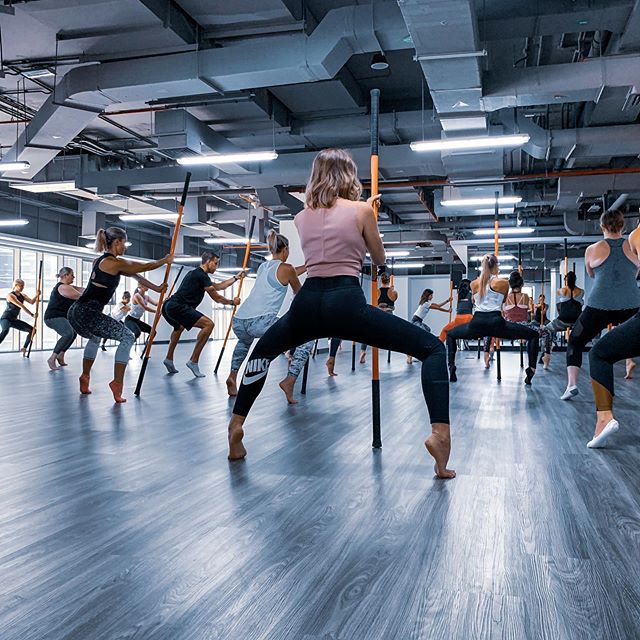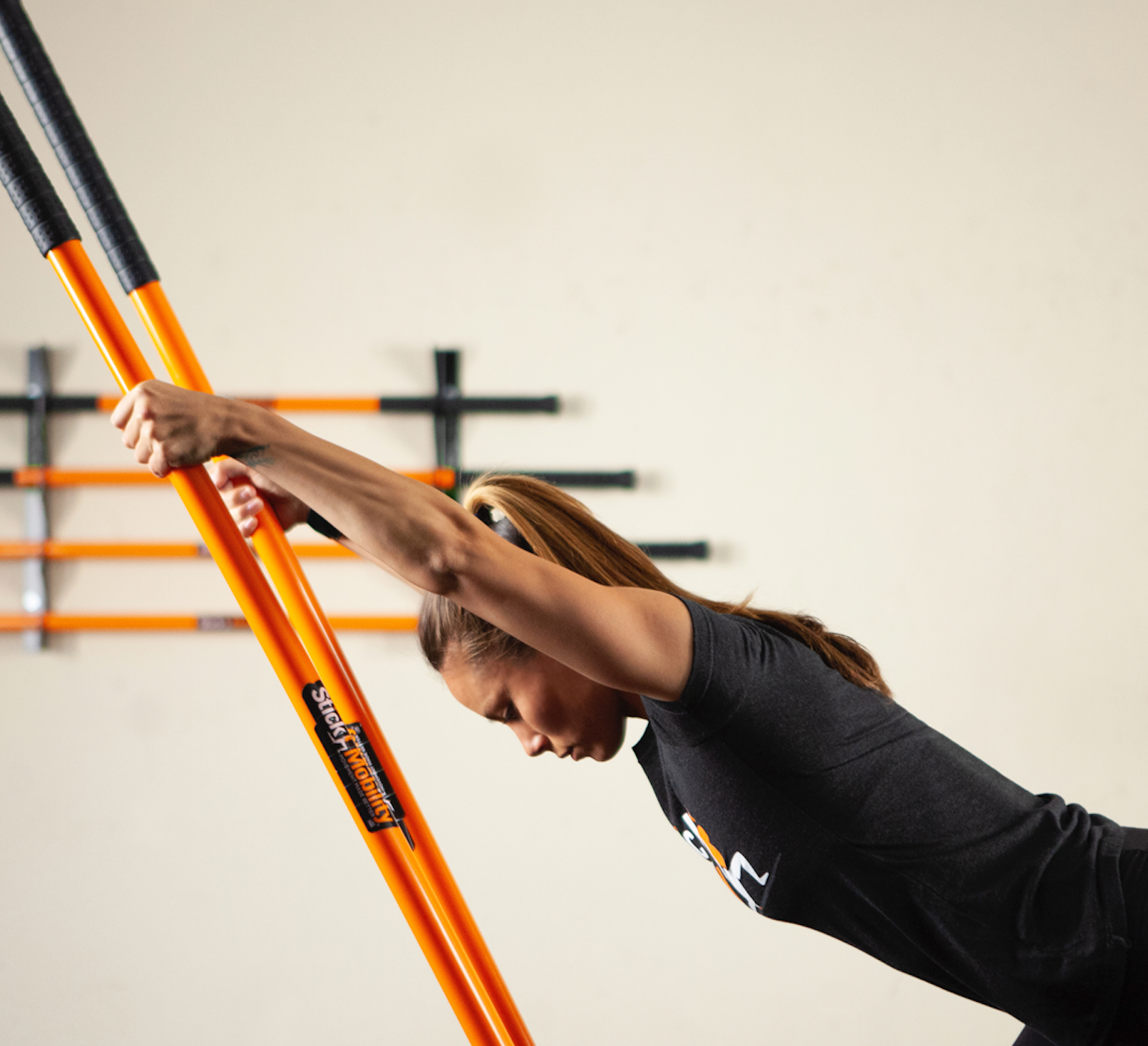In August, we celebrate National Wellness Month, prioritizing your self-care, managing stress, and promoting healthy routines. Create wholesome habits in your lifestyle and focus on self-care to feel like your best self!
Malcolm Gladwell once stated that achieving expertise in any field takes roughly ten thousand hours of focused practice, guided by proper coaching and technique. While the exact time required to attain "expert" status remains a topic of ongoing debate, one fundamental word underscores Gladwell's assertion: consistency. The pursuit of improved well-being and enhanced movement hinges upon repeated practice and dedicated effort, aimed at refining coordination and honing skill sets. This journey demands an investment of time and diligence, a variable that varies from person to person. Some individuals progress slowly toward mastering a particular task, while others seemingly grasp concepts more swiftly. Nonetheless, even those who possess a natural aptitude must still dedicate substantial effort to attain expertise.
Embracing Consistency
Consistency often occupies a neglected and underutilized vantage point when it comes to achieving fitness objectives. As the age-old saying goes, Rome wasn't built in a day. Regrettably, many people seek quick fixes and balk at committing the time and energy needed to instigate the profound changes they desire. Have you, or someone you know, embarked on a venture only to fall short due to intermittent dedication or a lack of earnest endeavor? This is a commonplace scenario, one that reflects the ebb and flow of life's demands. Achieving goals necessitates investing your time, embracing sweat equity, and sustaining your practice frequency, all amid life's unpredictable interruptions. Furthermore, the body requires adequate time to adapt optimally to the novel and heightened demands imposed upon it. Succumbing to the allure of immediate results often precipitates setbacks that foster frustration and, potentially, a premature end to your journey of self-improvement.
Among the most frequently posed questions I encounter is, "How much mobility work should I engage in?" or "How frequently should I undertake mobility work?" The prevalence of these queries is rooted in the desire to gauge the temporal and physical investment needed to realize one's aspirations, or it may reflect concerns about overexertion—an issue less common among the general population. My succinct response is: "Every day." Our inherent design inclines us to move extensively. As external loading is minimal, the submaximal effort exerted in mobility work renders the body receptive to daily stimulus. Seize every available moment to engage in these brief 5-10 minute sessions—a practice that can yield significant cumulative effects over time. These micro-sessions sidestep the "time constraint" excuse, while also facilitating a gradual adaptation of connective tissues to the stresses of lengthening and loading.
Micro-Doses of Training
A dependable strategy for upholding consistency involves instituting a daily regimen of 3-4 fundamental Stick Mobility drills (or other preferred modalities). Consider maintaining a journal or a written program to help sustain your commitment. Within these micro-doses of training, employ a Training Stick or any accessible prop (such as a dowel or broom handle) to explore new postures or positions that may challenge your body. Once this drill regimen is established, progress can entail incorporating external resistance or doubling the daily session count if time permits. Subtle yet positive changes will begin to emerge, progressively manifesting into more substantial effects down the road.
Suppose a Training Stick is unavailable—what other alternatives exist? Let's return to the original workout tool: our own bodies. Calisthenics, often overlooked amidst the fitness landscape's emphasis on external loads and aesthetics, bears remarkable potential. Ironically, practitioners of bodyweight exercises often exhibit impressive aesthetic results. It's essential to address personal load management before delving into external weights, and observing dancers, martial artists, and gymnasts underscores the significance of strength, explosiveness, agility, stamina, and coordination. Numerous bodyweight-only training systems can concurrently enhance mobility and strength, evoking the intrinsic training modality predating the modern fitness industry.
Modalities and Community
Additionally, a spectrum of modalities exists, ranging from the relatively straightforward (swimming, hiking) to more intricate endeavors (dancing, rock climbing). These activities cater to diverse demographics and proffer active mobility, strength, and cardiovascular benefits. Engaging in such pursuits, individually or within a group, fosters a sense of community. Training alongside others can heighten accountability and provide support—elements vital for sustaining consistency. Indeed, the emergence of group fitness programs over the past decade underscores the potency of communal involvement in nurturing enduring commitment.
Above all, recognize that genuine improvements materialize gradually and seldom materialize from sporadic effort. Society's infatuation with "quick fixes" seldom yields lasting outcomes. Just as your body has evolved over time in response to past stimuli, reversing your current situation demands an equitable duration (often more) of consistent exertion. Maintaining steadfast commitment while embracing the journey itself enhances the likelihood of deriving deeper satisfaction from the resultant achievements.


